Related Research Articles

The Director of Central Intelligence (DCI) was the head of the American Central Intelligence Agency from 1946 to 2005, acting as the principal intelligence advisor to the President of the United States and the United States National Security Council, as well as the coordinator of intelligence activities among and between the various U.S. intelligence agencies.
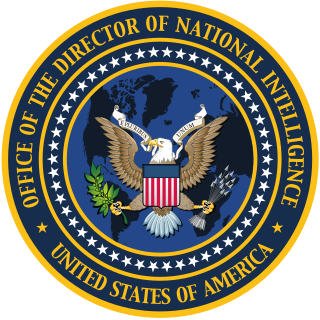
The Director of National Intelligence (DNI) is a senior, cabinet-level United States government official, required by the Intelligence Reform and Terrorism Prevention Act of 2004 to serve as executive head of the United States Intelligence Community (IC) and to direct and oversee the National Intelligence Program (NIP). The DNI also serves, upon invitation, as an advisor to the President of the United States and the executive offices of the National Security Council and the Homeland Security Council about all intelligence matters. The DNI, supported by the Office of the Director of National Intelligence (ODNI), produces the President's Daily Brief (PDB), a top-secret document including intelligence from all IC agencies, given each morning to the President.
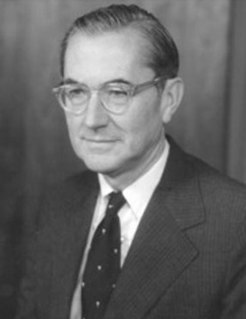
William Egan Colby was an American intelligence officer who served as Director of Central Intelligence (DCI) from September 1973 to January 1976.
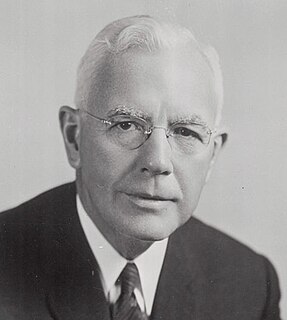
John Alexander McCone was an American businessman and politician who served as Director of Central Intelligence from 1961 to 1965, during the height of the Cold War.

William Francis Raborn, Jr., was the United States Director of Central Intelligence from April 28, 1965 until June 30, 1966. He was also a career United States Navy officer who led the project to develop the Polaris missile system and retired from the Navy in 1963 as a Vice Admiral.

The director of the Central Intelligence Agency (D/CIA) is a statutory office that functions as the head of the Central Intelligence Agency, which in turn is a part of the United States Intelligence Community.
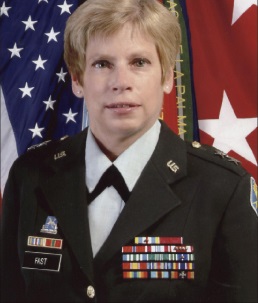
Barbara Fast is a retired major general of the United States Army. One of the first female officers placed in many challenging and dangerous situations and assignments, Fast is a member of the Military Intelligence Corps Hall of Fame. She was the first female to command an Army Military Intelligence Tactical Exploitation Battalion and the first female Intelligence Officer/G2 of a combat division. Her expertise spans across intelligence and cybersecurity.
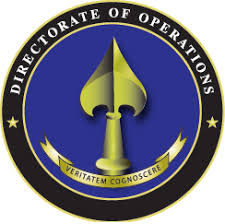
The Directorate of Operations (DO), less formally called the Clandestine Service, is a component of the US Central Intelligence Agency. It was known as the Directorate of Plans from 1951 to 1973; as the Directorate of Operations from 1973 to 2005; and as the National Clandestine Service (NCS) from 2005 to 2015.

The Central Intelligence Agency, known informally as the Agency and historically as the Company, is a civilian foreign intelligence service of the federal government of the United States, officially tasked with gathering, processing, and analyzing national security information from around the world, primarily through the use of human intelligence (HUMINT) and performing covert actions. As a principal member of the United States Intelligence Community (IC), the CIA reports to the Director of National Intelligence and is primarily focused on providing intelligence for the President and Cabinet of the United States. President Harry S. Truman had created the Central Intelligence Group under the direction of a Director of Central Intelligence by presidential directive on January 22, 1946, and this group was transformed into the Central Intelligence Agency by implementation of the National Security Act of 1947.
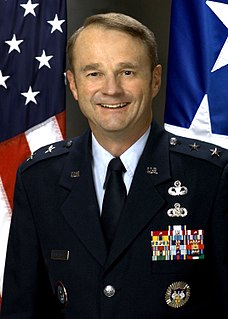
Dr. Dale W. Meyerrose, Major General (Retired) was the first President-appointed, Senate-confirmed Associate Director of National Intelligence/Intelligence Community Chief Information Officer (CIO) and Information Sharing Executive for the Director of National Intelligence (DNI).

Scott F. Large is an American intelligence officer and analyst who served as the fifteenth Director of the National Reconnaissance Office from 2007 to 2009. He previously served as the Principal Deputy Director of the National Reconnaissance Office from April to October 2007, and as the Central Intelligence Agency's Associate Deputy Director for Science and Technology.
J. Greg Hanson, Ph.D. is an American computer scientist and software engineer. He previously served as the first Assistant Sergeant at Arms and chief information officer of the United States Senate from June 2003 to January 2008 under Senate Majority Leaders Bill Frist and Harry Reid.

The CIA publishes organizational charts of its agency. Here are a few examples.
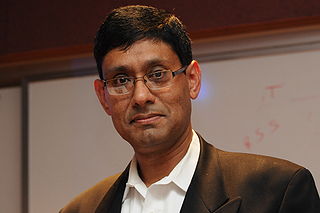
Prithviraj "Prith" Banerjee is an Indian American academic and computer scientist and is currently the Chief Technology Officer at ANSYS and board member at Cray and CUBIC. Previously, he was a Senior Client Partner at Korn Ferry where he was responsible for IOT and Digital Transformation Advisory Services within the Global Industrial Practice. Before that he was the Executive Vice President and Chief Technology Officer at Schneider Electric. He was formerly a senior vice president of research at Hewlett Packard and director of HP Labs. Previously he was the Chief Technology Officer and Executive Vice President of ABB Group. He was also the Managing Director of Global Technology R&D at Accenture. . Prith started his early career in academia as a Professor at the University of Illinois and Northwestern University.
The Boren-McCurdy intelligence reform proposals were two legislative proposals from Senator David Boren and Representative Dave McCurdy in 1992. Both pieces of legislation proposed the creation of a National Intelligence Director. Neither bill passed into law.

Hossein Eslambolchi is an Iranian-American innovator, theoretical and experimental physicists, engineer, and author, best known for his prominent role in AT&T, very popular blogs on Linkedin, besides being one of the top 10 most prolific and exceptional inventor with over 1000+ patents List of Prolific Inventors. He joined AT&T Bell Laboratories in 1986, and rose to become, in 2005, both global Chief Technology and Information Officer for AT&T. He became an Officer of the company in 2003, as well as a member of AT&T's governing Executive Committee and became AT&T Chief Technology Officer, AT&T Chief Information Officer, President, & CEO of AT&T Labs, President & CEO of AT&T Global Network Operations. Dr. Eslambolchi was assigned by AT&T as Chief Transformation Officer responsible for moving ATT from voice-based company to IP-Software based company in less than 3 years. He left AT&T soon after its takeover by SBC in 2006. And For his doctorate degree, Dr. Eslambolchi invented the concept of beam forming being used today in advanced 5G mobile systems along with ultrasound technology being used in medical applications worldwide.

Endgame provides a cyber operations platform supporting the detection, exploitation, and mitigation of cyber-threats. Endgame was started by executives from ISS.
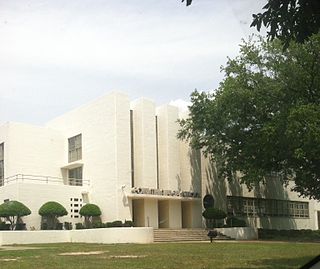
Columbia High School is a secondary school located in Columbia, Mississippi, United States. It is in Columbia School District.

Rufus Lackland Taylor Jr. was an officer in the United States Navy. Eventually he became Director of the Office of Naval Intelligence and held the rank of Vice Admiral. In 1966 he was appointed as Deputy Director of the Defense Intelligence Agency (DIA), then shortly thereafter as Deputy Director of the CIA, where he served from 1966 to 1969.
Ruth A. David is an American engineer. While at the CIA, David was responsible for encouraging the agency to pursue partnerships with the private sector and designed a proposal to procure technology at the stage of development from the private sector. She has been awarded the CIA Director's Award, the Defense Intelligence Agency Director's Award, the CIA Distinguished Intelligence Medal, the National Reconnaissance Officer's Award for Distinguished Service, and the National Security Agency Distinguished Service Medal.
References
- 1 2 3 4 5 6 7 8 University of Virginia biography
- 1 2 3 4 5 6 7 8 Armed Forces Communication & Electronics Association, Washington, DC Chapter
- ↑ Wyatt Kash, CIA needs nimble tech to keep pace, Federal Computer Week , September 23, 2010
- ↑ "Gus Hunt". Accenture. Retrieved July 21, 2019.